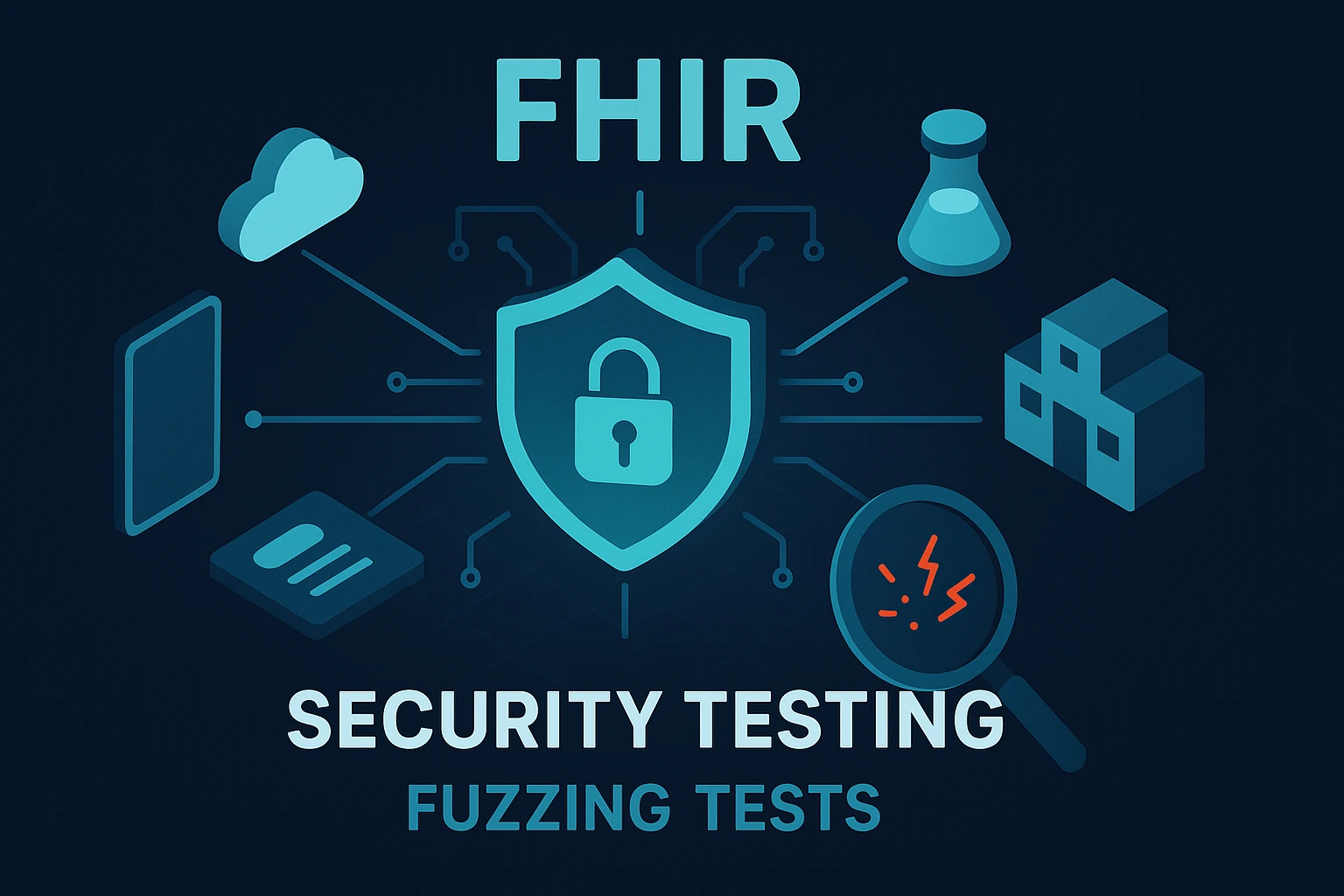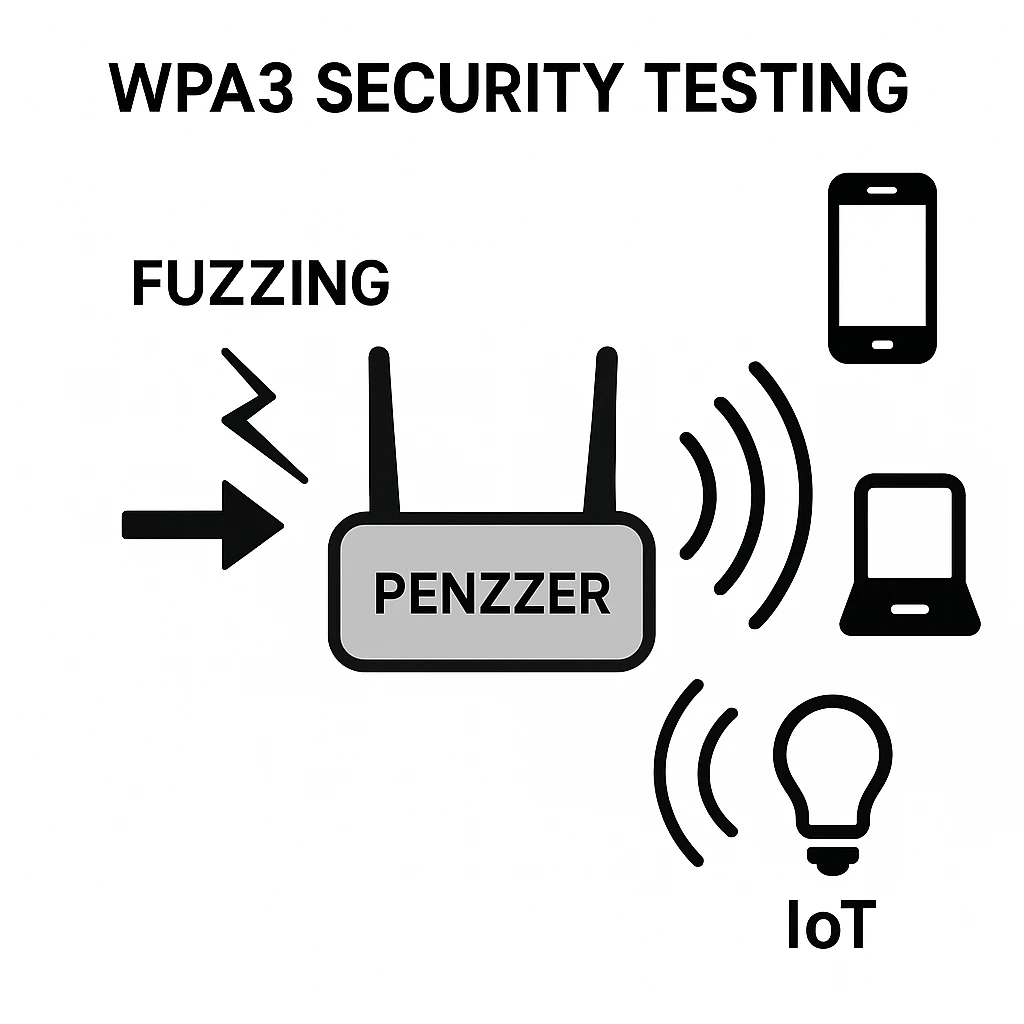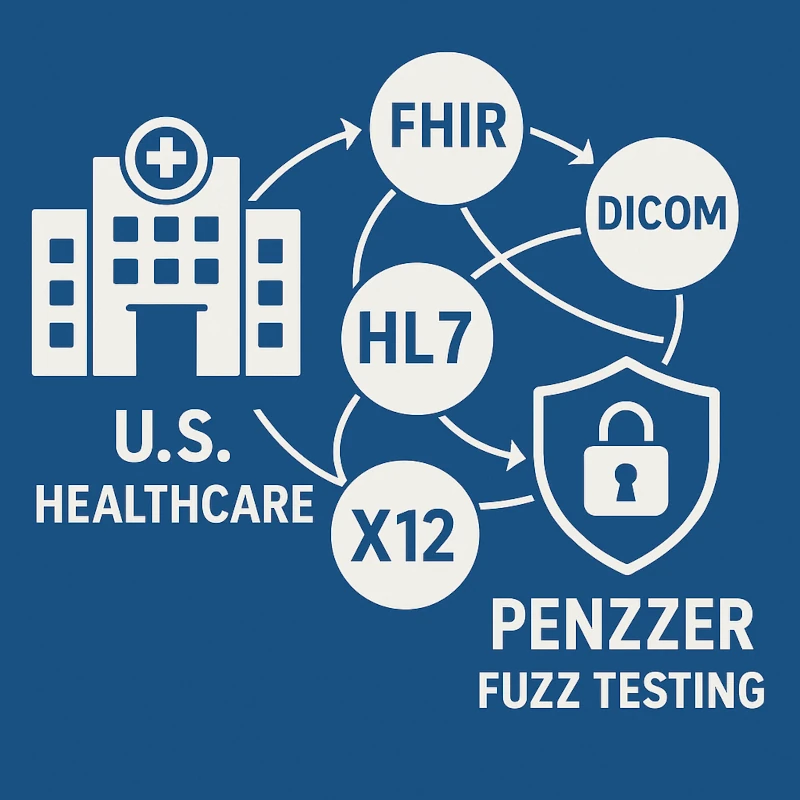IEC 62443 - Industrial Cybersecurity
IEC 62443 defines comprehensive industrial cybersecurity requirements. Robustness, negative testing, and vulnerability discovery are essential, and fuzzing with Penzzer helps developers and integrators meet these expectations and improve overall system resilience.





